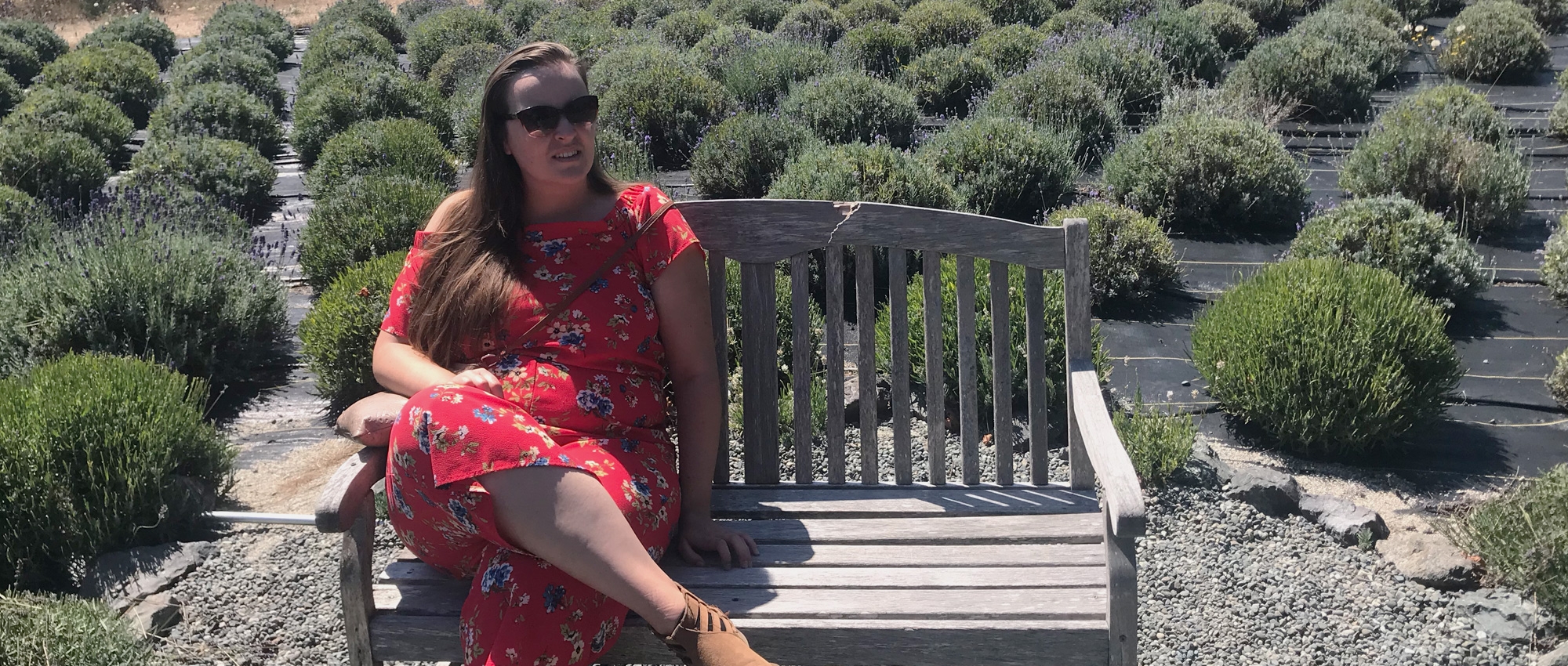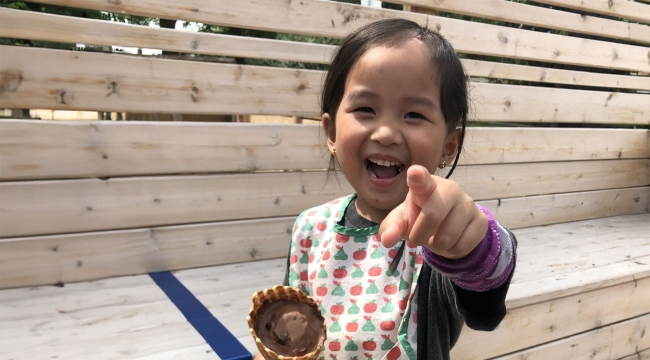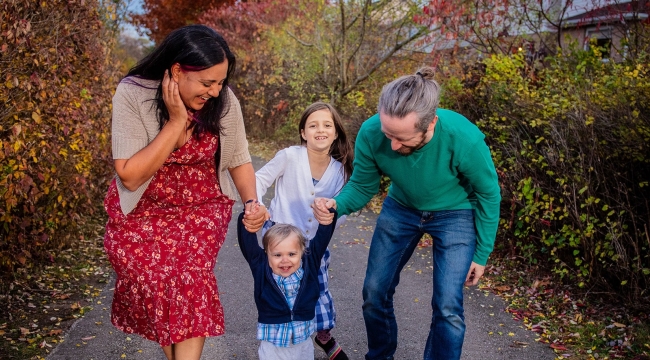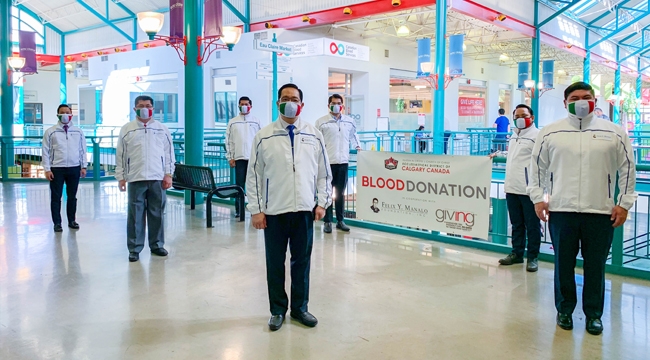In the blink of an eye, a young blood donor became a patient in need
Laura Brougham has a whole new perspective on blood donation after emergency surgery for a tumour on her spine
Many people start donating blood because of a loved one whose life was saved by it. But donor Laura Brougham had never even met a person who’d needed blood, at least not to her knowledge.
And then, not long after her ninth blood donation, she suddenly became one herself.
“My emergency surgery brought home for me how anyone can be a blood recipient,” says Laura, who lives in Victoria, B.C.
Learn more about the blood donation process at Canadian Blood Services
The road to that very unexpected surgery began in January 2019, when Laura was 24. She began having pain in her back, which felt like she’d pulled a muscle. Her February was filled with massages, physiotherapy, and chiropractic treatment.
Then in March, she started feeling numbness in her lower body and legs. Blood work ordered by her doctor indicated she had low iron, so she took iron supplements for several weeks. But her condition only worsened.
“Finally, it got to a point I could not step up on a curb without help,” she says.
That’s when Laura decided to seek care at a hospital.
“To my surprise, the ER doctor said, ‘I think you have MS (multiple sclerosis) and will have to come back tomorrow for an MRI’. It was kind of surreal because I hadn’t even had the flu before.”
Blood donations essential for emergency surgery
Laura was still reeling from that news when the results of the MRI came back and delivered another shock. The test revealed that a tumour was compressing her spinal cord. After further assessments, she was diagnosed not with MS, but with osteoblastoma, a rare condition in which bone growth continues in a concentrated area until it’s removed.
She was admitted to hospital overnight and scheduled for emergency surgery the next day. During surgery she received two blood transfusions, and another transfusion two days after the operation because her iron levels were low.
Does sex matter in red blood cell transfusions?
“Everything happened over three days and was not what I was expecting,” Laura says. “I remember feeling overwhelmed because I wasn’t given time to process what I was hearing. It was one thing after another. After surgery I thought, ‘I can’t believe that just happened.’”
The road to recovery
Life after surgery was a challenge in many ways for Laura. For three months, she was on doctor’s orders to dramatically limit her movements. No bending, stretching, or carrying anything heavier than five kilograms.
“When they took out the tumour they had to fuse three of my vertebrae in my spine, which is why it was important I not do anything,” Laura says. “I could have broken the fusion, which would have meant going back to square one.”
She also had to relearn how to walk. She used a wheelchair at first before she started using a walker. But while she quickly weaned herself off the walker, she found she had little energy to move.
“I was 24 at the time and couldn’t walk a quarter of a kilometre around the track near my home without being exhausted, which I recall was very frustrating,” she says.
Seeing health care and blood donation in a new light
Now, two years after the surgery, Laura has a new perspective on both the importance of good health care and blood donations.
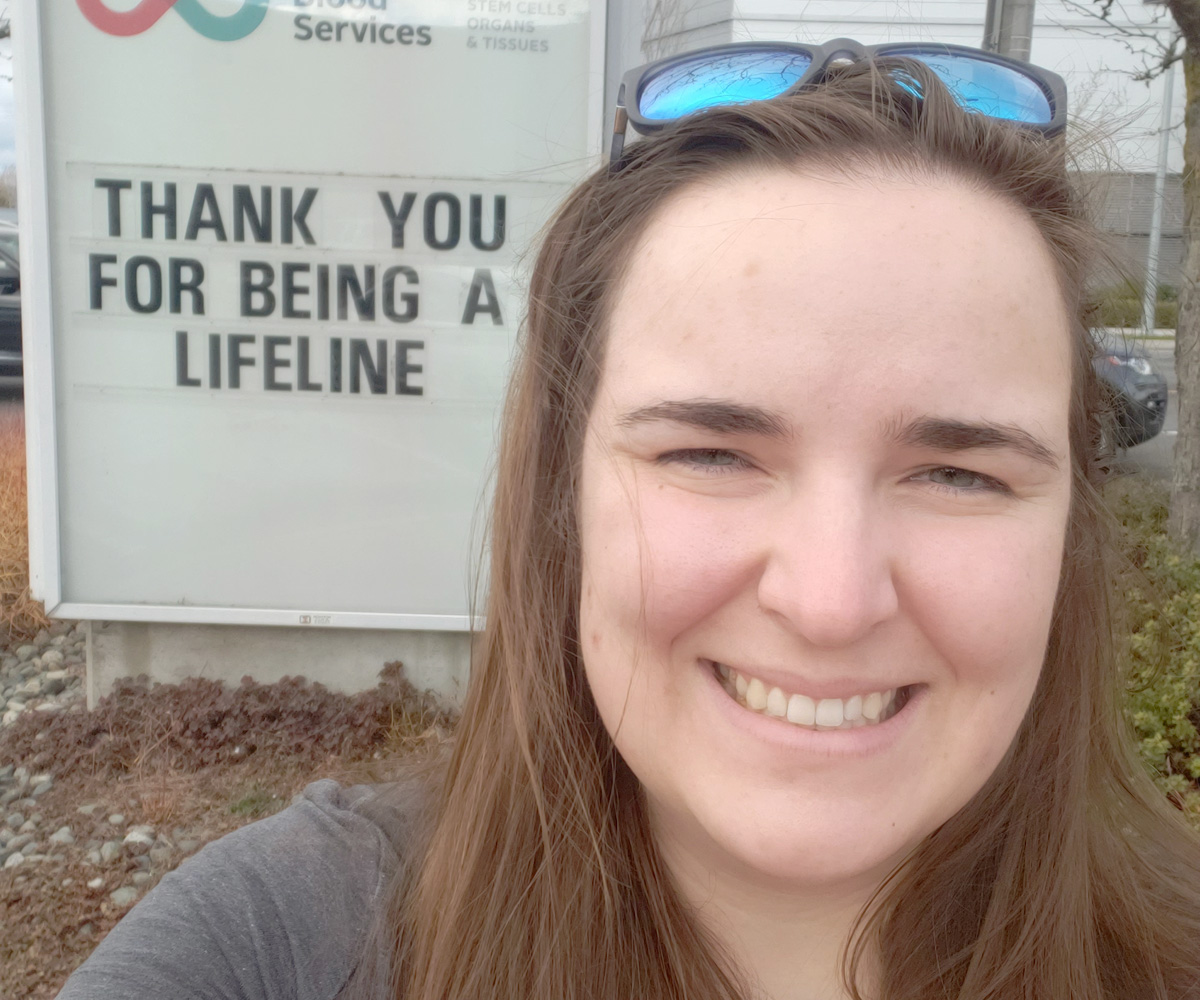
Laura Brougham’s medical scare revealed the importance of blood donation
“I realized how important it is to have free and easy access to health services when you need them. My surgeon said that if I had waited for treatment much longer, the spinal cord would have been severed and I would have been paralyzed.”
While recovering, Laura successfully weaned herself off highly addictive opioid medication and abided by a long list of restrictions. Her spinal fusion is still healing, but she is back to normal life, thriving and grateful.
“The swift action of the emergency doctor who saw me was critical. My medical scare also happened pre-COVID-19, so the hospital schedule allowed me to undergo surgery the following day. Timing is everything. I really got lucky.”
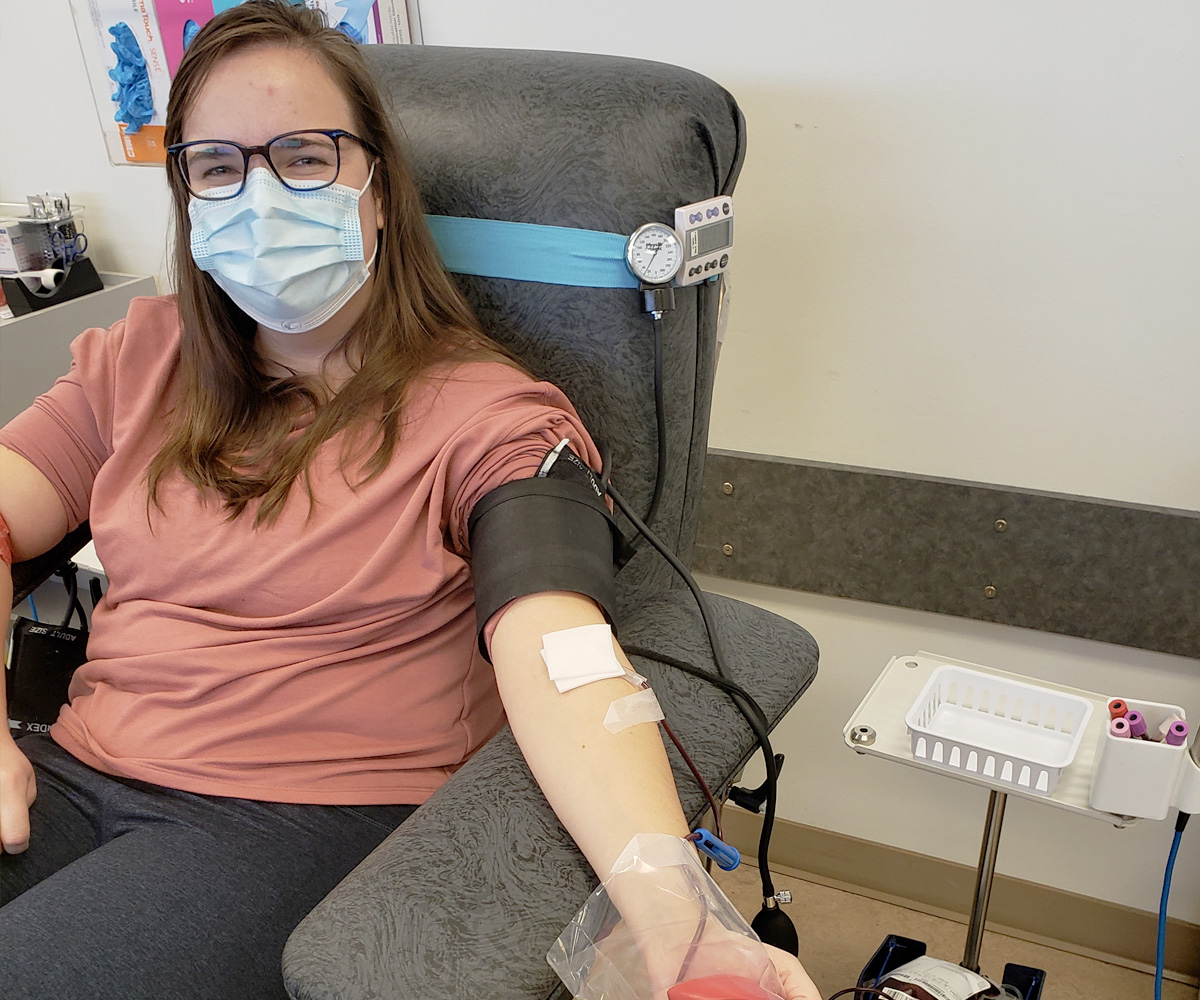
Blood recipient Laura Brougham has restarted donating blood in Victoria, B.C. after recovering from emergency surgery
And her close call has only intensified her commitment to blood donation. In fact, she made her first post-recovery blood donation in Victoria on June 19, 2020, has made six more donations since then and has every intention to keep on giving.
Before her health crisis “donating blood and helping others always felt a couple of degrees removed,” Laura says. “Now, I realize it’s important to ensure blood is available for patients, even if only to provide peace of mind that it’ll be there just in case you need it.”
Blood donations are essential to meeting the needs of patients in Canada. To book an appointment at a Canadian Blood Services donor centre, download the GiveBlood app, call 1 888 2 DONATE (1-888-236-6283) or book now at blood.ca.
